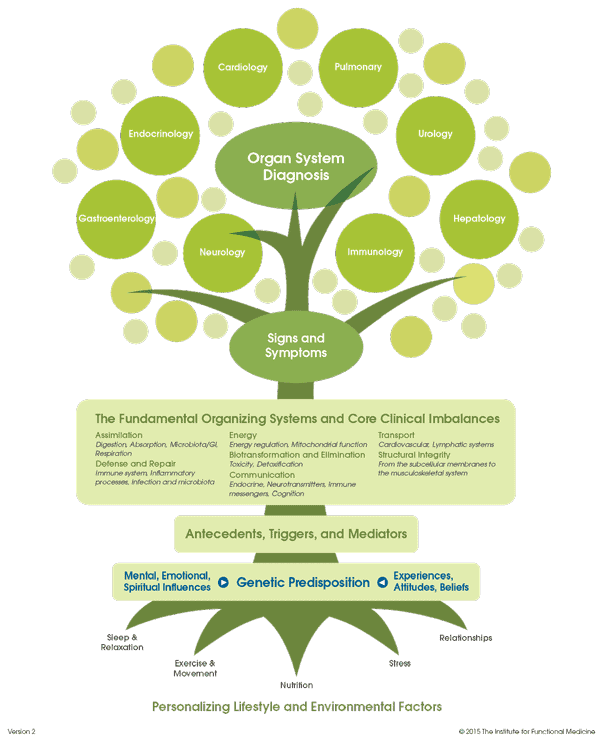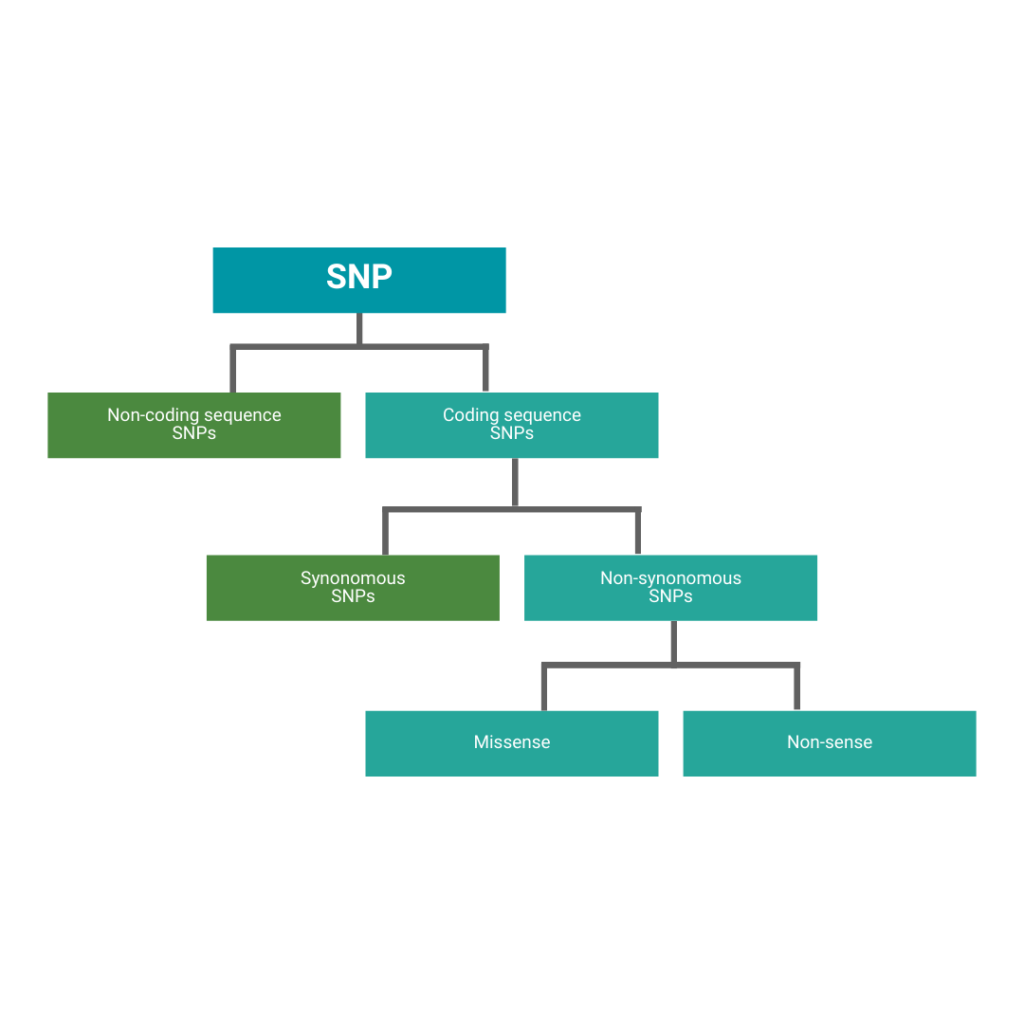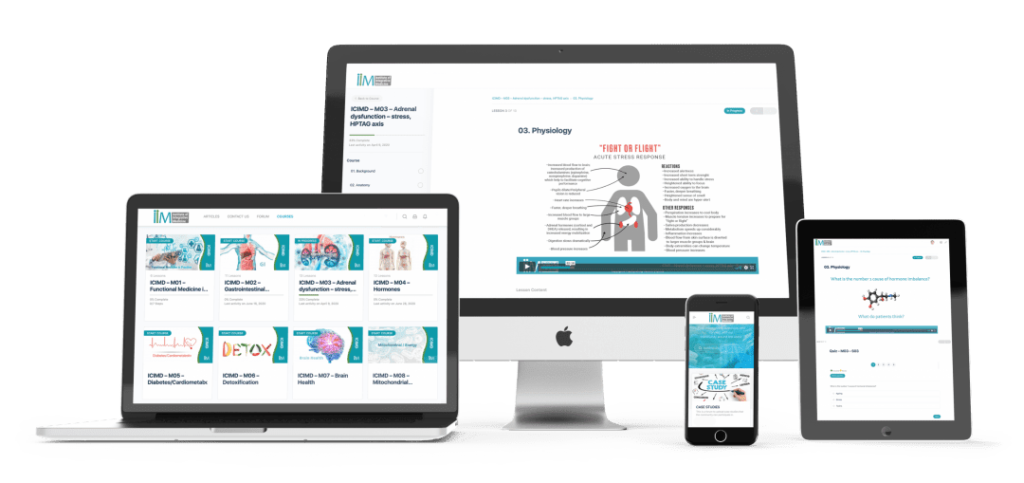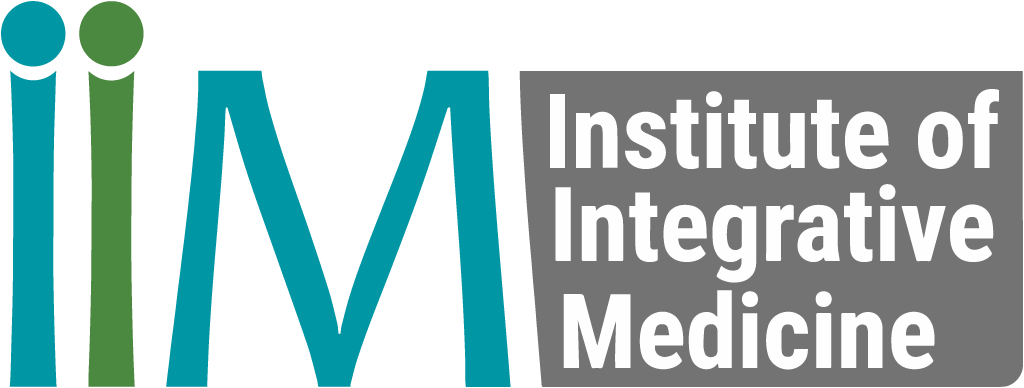Genetic Testing: Understanding DNA Risk
Understanding genetic variations are crucial to creating more effective treatment and prevention protocols. Genetic tests allow clinicians to bypass tedious hours of guesswork and create more effective solutions to patient’s health issues.

Genetic testing is the mechanism in which we look deeper into a person’s genes. DNA is the genetic instruction that determines a person’s looks, functions as well as their predisposition to disease. Variations in DNA is what makes every person unique from the next. Genetic testing allows specialists the opportunity to better understand these health issues, provide better treatments, as well as preventive protocols.
SNPs refer to DNA sequence variations that result from single nucleotide differences in members of a species or paired chromosomes in an individual. Scientists use SNP (single nucleotide polymorphism) data to analyse information on these single nucleotide variations that could lead to disease.
Coding and non-coding SNPs
SNPs can further be divided into two: non-coding SNPs and coding SNPs (Figure 2). These can further be broken down into synonymous and nonsynonymous. These become quite important in assessing pathogenic risk factors.

Transcription and translation
The order of amino acids in each protein follows a sequence which is coded for by its gene. The process of instruction is formed by transcription and translation.
Transcription is the process by which a complementary messenger RNA codon is formed according to the sequence of nucleotides found in DNA.
Translation is the process whereby proteins are formed from amino acids according to the sequence of the transcribed messenger RNA.
Coding and Non-coding DNA
Coding DNA
Only a very small portion of the DNA in organisms is both transcribed and translated. This is what we would call Coding DNA. This sequence of DNA specifically codes for protein.
Non-coding DNA
The rest of the DNA is called Non-Coding DNA. This is the DNA that does not code for proteins but may be transcribed into functional RNA molecules including transfer RNA and regulatory RNA. Under the umbrella of non-coding DNA are the genes that play a functional role and introns that are transcribed but are removed before translation into protein.
Transfer RNA – A molecule that transfers amino acids to the ribosome to form protein according to the complementary nucleotide sequence of messenger RNA
Functional RNA – Any type of RNA with a functional role in the cell.
Introns – Non-coding regions of DNA or RNA that are removed prior to translation and therefore do not contribute to the formation of proteins.
Genetic variations and disease
It is important to look at non-coding DNA , which has been linked to disease through missense mutations. Currently, there are 660 million known SNPs. Around 83 000 of these SNPs are deemed pathogenic.
Variations in genetic coding have been linked to diseases and disorders. This is caused by a change in the regions of non-coding DNA that function as enhancer elements. An enhancer increases the likelihood of the transcription of a certain gene and affects the activity of proteins. In addition to this, they can also disrupt other regulatory elements, which include insulators, promoters and silencers.
Promoters – sequence of DNA to which proteins bind activating downstream genes
Insulators – sequence of DNA that functions as a regulatory element of gene activation
Silencers – sequence of DNA to which repressor proteins bind preventing transcription of DNA into RNA, therefore preventing gene expression
There are some domains of non-coding DNA that supply information for generating certain RNA molecules. These regions of non-coding DNA aid in modulating gene activity or creating proteins. Long noncoding RNAs and microRNAs are variants that may hamper functional RNA molecule activity. This, in turn, has also been linked to disease. A person/patient’s health can be affected when these genetic changes alter the structure of the chromosome. These regions of noncoding DNA can be hereditary (passed down from a person’s parents) or can develop during their phase of life.
Summary
Understanding these variations and how they affect our health is crucial to creating more effective treatment and prevention protocols. There is still quite a large gap to fill in the scientific understanding of genetics, but as technology advances, we come closer to understanding the full impact our genes have on our wellbeing. There is quite a lot of useful information one can glean from SNP data. The complexities of the human genomic system, fortunately, can be translated by a number of genomic tests and programmes. By using genetic tests, clinicians are able to bypass tedious hours of guesswork and create faster, better solutions to their patient’s health issues.
How do I Become a Functional Medicine Practitioner to learn more about Genetics?

The Institute of Integrative Medicine is a global leader in the field of Preventive Medicine Education. We offer certified online courses helping you to take charge of your practice and improve the quality of life for your patients. Find out more about the courses we offer today!

